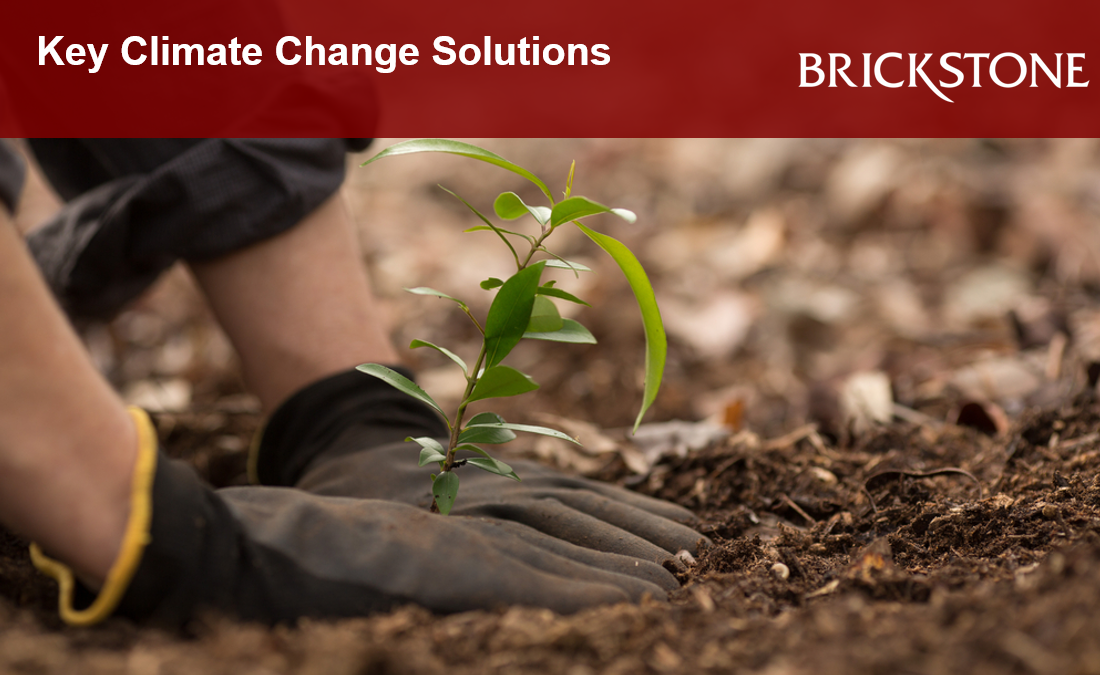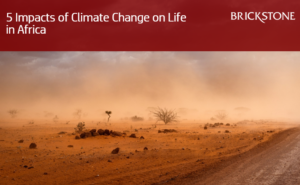Key Climate Change Solutions
Climate change currently represents a major challenge in the world today, as it threatens the lives and livelihoods of over 100 million in extreme poverty. It poses risks to national economies, financial markets, infrastructure investments, water and food systems, public health, agriculture, and livelihoods at large. As a major impact of this menace, climate change also exposes nations to exponential collateral damage to infrastructure, disrupting services and exacting a significant human and economic toll in such nations.
These facts reflect the need for ambitious climate action, as research has also shown that climate change will remain an existential threat if drastic intervention and actions are not taken. In fact, it is projected to cause more devastating global consequences in the years to come.
Fortunately as a way forward, climate change experts have over the years identified and recommended various solutions to combating this situation.
This article by Brickstone reviews some institutional reports and publications on key solutions to curbing climate change in the world today.
Key Solutions to Climate Change
Combating climate change has become imperative over the years due to the adverse effects and threats it poses to human existence.
According to Acciona, climate change has already begun to impact our planet in more ways than we can think. Temperatures continue to rise throughout the planet and we are experiencing changes in precipitation patterns as we have never seen before.
The following are key solutions to curbing climate change:
Reducing Greenhouse Gas Emissions: Core to the solutions to curbing climate change is to substantially lower the volume of greenhouse gas emissions generated from fossil fuels by reducing sources of these gases. To avoid dangerous climate change, WFF affirms that global greenhouse gas emissions should peak and then rapidly decline to near zero by the middle of the century. The goal of this measure is to avoid significant human interference with earth’s climate, stabilize greenhouse gas levels in a time frame sufficient to allow ecosystems to adapt naturally to climate change, ensure that food production is not threatened, and to enable economic development to proceed in a sustainable manner.
Investing in Renewable Energy: According to FAS, transitioning to renewable energy, and reducing reliance on fossil fuels, is one way to help slow down the effects of climate change. While renewables used to be a more expensive option, new clean energy technologies are lowering costs and helping to move economies away from fossil fuels. For example, solar panel prices decreased 75 to 80 percent between 2009 and 2015. Due to similar trends in other renewables like wind and hydropower, renewable energy generation technology accounts for over half of all new power generation capacity brought online worldwide every year since 2011.
Switching to Sustainable Transport: Adopting alternatives to fossil fuel is very crucial to reducing emissions. Hence, switching from petrol and diesel vehicles, planes and ships to transport electrification remains a viable solution to combating climate change and reducing air pollution. According to ITDP, the transportation sector is the fastest growing contributor of greenhouse gas emissions (GHG) and must be drastically transformed for climate change to be adequately addressed. Furthermore, the evolution in the transportation sector to electrification and dense, walkable cities, the planet will be able to drop GHG emissions to the level needed.
Building Resilient Foundations with Rapid and Inclusive Development: Solutions to curbing climate change are adaptive measures inclusive. Lack of climate-resilient infrastructures remains a major setback for effective climate adaptation as it raises the vulnerability to climate change and its adverse effects. According to the World Bank, poverty and the lack of access to basic services — including infrastructure, financial services, health care, and social protection — are strong predictors of vulnerability to climate change. To put it another way: the poorer communities are, the more climate change will affect them.
Promoting the Benefits of Sustainable Agroforestry: With land use changes from forestry and agriculture accounting for nearly 25% of anthropocentric greenhouse gas emissions, according to the World Resource Institute, it’s clear that current land management schemes need to change. Agroforestry practices integrate diverse trees or shrubs with crops and livestock. In particular, pastures with trees can sequester five to 10 times more carbon than treeless areas of the same size. Farmers can also be more productive by growing crops and raising livestock simultaneously using significantly less land. Diversifying crops and including livestock on these lands can give farmers additional sources of income and reduce the risks to livelihoods caused by climate change and unpredictable weather.
Raising Climate Change Awareness and Education: A large percentage of the people are not aware that the major driver of these planetary-scale changes occurring in the world today revolve around human activities. Also, combating these changes causing adverse effects requires all hands on deck at all levels; individual, local, national, and global. The importance of educating others about climate change cannot be overstated in our modern society. According to the UN Environment Programme, if 1 billion people are aware and equally take action, they could reduce as much as 20 percent of global carbon emissions.
Read more on climate change solutions here.






